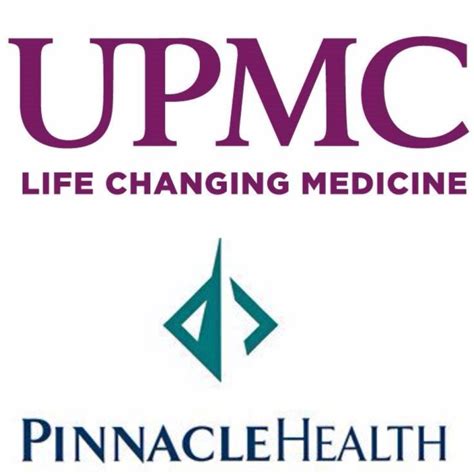December 7, 2016: Let’s start by sharing a little bit about this place called Valsad, India where we will make our home for a short time
December 7, 2016
Hi, my name is Cheryl Peck. While many of us are looking forward to holiday parties and celebrations with families in the coming weeks, I know 32 people that are just as excited while they look forward to an amazing journey to Valsad, India. In just six weeks, I embark on a journey along with 31 other volunteers for Operation Medical as we make our way to Kasturba Hospital, located in Valsad, India.
This is my sixth surgical mission trip, having traveled twice to the Philippines and three times to different locations in India. What a marvelous opportunity to make a difference in the world we live! My participation as a volunteer falls under that “all other duties as assigned” category. I may find myself scrubbing instruments, organizing and dispensing supplies to the surgeons, running an errand, patient care or just comforting a crying child or his or her family members. One of my favorite assignments on these trips is to share our experience with the folks back home. I will be posting to Facebook and our Blog on our website daily during the mission camp to let you know how and what the team is doing.
Let’s start by sharing a little bit about this place called Valsad, India where we will make our home for a short time:
Valsad, also known as Bulsar, is located within the Western Indian state of Gujarat. The name ‘Valsad’ derives from vad-saal, a Gujarati language compound meaning “hampered (saal) by banyan trees (vad)” (the area was naturally rich in banyan trees). The town lies along the coast of the Arabian Sea. Valsad is 120 miles north of the Mumbai airport. It is one of 26 districts which comprise Gujarat. As of the 2011 Indian census, Valsad had a population of 170,060. Males constitute 51% of the population and families 49%. Out of the 26 districts in Gujarat, Valsad is the 17th most populated. Valsad has an average literacy rate of 80%, higher than the national average of 59.5%: male literacy is 84%, and female literacy is 77%.
Historically, Valsad was a small town covered with forest, with teak production as a major regional industry. It was a part of regional kingdom before colonial era. It was made a district during the Bombay Presidency era, and was governed under Bombay State during the colonial era, following independence (prior to the creation of the state of Gujarat).Today, Valsad is a town inhabited by Gujarati people. Gujarati is the primary language in and around the town.
The main religion followed in the region is Hinduism. Other minority religions include Islam, Christianity, Jainism, Zoroastrian, and Sikhism. The town is known for its hand-loomed cloths, dyes, bricks, and pottery. Much of Valsad is intensively cultivated. The Alphonso mango (known locally as Haafus), for which the city was once famous, is still very important to the local economy. Villages in the Valsad district have numerous mango orchards, the only source of income for many villagers.
As does most of India, Valsad faces the major public health issue of environmental sanitation. Many small villages are affected by unsafe water, diarrhea, and the prevalence of diseases such as malaria. Valsad has been grappling with malaria, especially in its forest areas, for many years.
In the coming days / weeks, I’ll be sharing more about the hospital, our hosts, our volunteers and once we arrive, the sights, sounds and activities surrounding our surgical mission camp. I hope you will follow Operation Medical on Facebook and share posts with your friends. You can also learn more about us on our website at www.operationmedical.org.
I’ll be writing to you soon,
Cheryl










